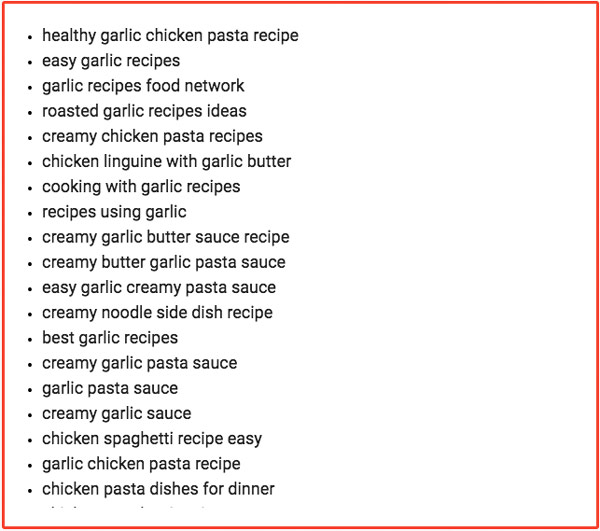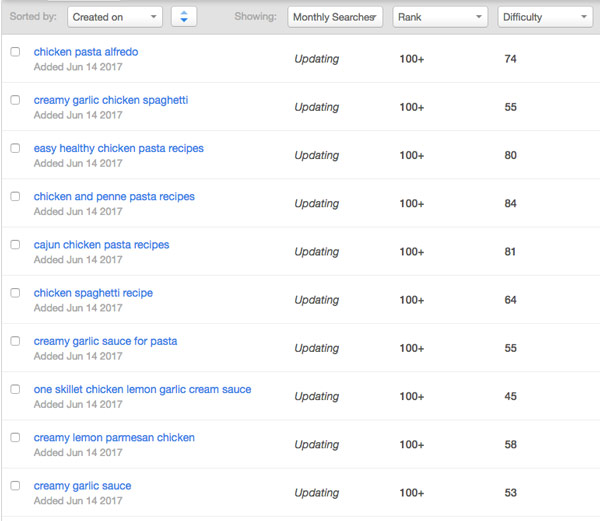INTRODUCTION:
Just spend an hour in your local shopping mall speaking to store employees and you'll understand how and why Google's quest to understand search and speech patterns and behavior is so bewilderingly complex. Everyone has a different method, a different cadence and approach to describing what it is they do and sell. Over time, advanced machine learning algorithms have begun to understand the relationships between words that people use to conduct a search. That's what is at the heart of latent semantic indexing, or LSI. It's not a brand new topic. In fact, conduct a quick search on LSI and you'll find relevant articles from 7 years ago describing these core concepts.
But since these days, search is about discovering and discerning intent, LSI keywords are particularly useful in helping to anticipate that intent and proving your article or page as relevant to that user's intent.
Do LSI Keywords Actually Improve Your Rankings?
Search algorithms crawl every page they can access in an effort to determine relevance. What series or sequence of keywords or searches would this page or article be best suited for, and provide Google users the best possible experience?
In the past, SEO mavens focused almost exclusively on primary keywords. And today, overuse of these keywords comes with real and severe penalties. Google's algorithms are much smarter than you are. These basic keywords are most helpful in determining the content of a page. But it's the super relevant LSI keywords and phrases providing context to the primary keywords that really determine the quality and overall relevance of that material.
Thus, it's fair to say that the correct proportion of both primary and secondary LSI keywords on a webpage greatly increase its chances of ranking highly.
Over the past year for example, we've been asked to rewrite about a dozen pieces of content that were written only with primary keywords in mind. If you think of LSI keywords as those phrases and ideas that occur organically in well researched and professional content, you should have no problem in rewriting or writing from scratch, content that will index well.
Additionally, building your Adwords campaigns with LSI keywords as a foundation can most often help with quality scores which should ultimately improve your conversion rate.
Here's an LSI Keyword Search Example
Let's look at the search phrase "Best garlic recipes." Here are the auto-complete results from the Google search bar:
This is a great start, especially since it's based on peta-bytes of data, but here's how to expand this initial list and find those LSI keywords. Just head on over to http://lsigraph.com, enter in "best garlic recipes" and here is what's returned:

This group of results has some fantastic ideas and illustrates the idea of "intent" as discussed above. Searching for recipes with garlic in them doesn't happen in a vacuum. It's usually in indicator of someone who's cooking pasta or chicken or shrimp and wants to feature garlic in the recipe, rather than just creating a garlic sautee.
If you're a Hubspot user (you can also use your Adwords keyword planner), go over to your keyword tool and put the list of LSI keywords into the "bulk add" keywords area. Here you'll see just how many monthly searches there are for those LSI keyphrases and how competitive they are.
This should provide you with more than enough data to build your article around garlic recipes by incorporating LSI keywords that are not super competitive (<50), and have a reasonably high search volume (>100). Note: at time of writing, 3rd party provider of search volume to Hubspot was down.
The list that we pasted into hubspot contains 10 different key phrases which would be difficult to incorporate into an article of just a few hundred words. Thus, it's best to shoot for 1,200 words for your most important pages thus giving you a far better chance of working these LSI keywords into the content in an authentic way, rather than the old, "Here are 10 reasons we love garlic recipes. Garlic recipes are really good. Garlic is very good for your health and you should... " method, of which there are still plentiful examples scattered across the interwebs.
If you were actually taught how to write well, most of this should seem obvious and elementary. Informative content by its very nature will include key phrases around which people will search to find that content. This helps your pages get found more often, rank higher and provide the kind of user experience that Google is trying to provide for its search customers.
CONCLUSION:
Finally, LSI Graph is a great resource and should be immediately added to your toolbelt. UberGraph is another one that offers a slightly different take and interface for finding the best LSI keywords.
Fortunately, the days of searching for "St. Bernard puppies" and receiving 3 pages of keyword-stuffed click-bait with nothing but randomly cute puppy pictures are mostly over. By the way, you SHOULD search for St. Bernard puppies. You can blame me for the 10 minutes of time you'll never get back, but it's worth it.
As Google continues to stay ahead of the hucksters, tricksters and charlatans who vie for your search attention, LSI keywords will continue to gain in prominence and authority. Augmenting your content marketing strategy with this data-infused tactic does require a bit more research time, but it will serve both your end customers and your primary goal of higher rankings in the end.






